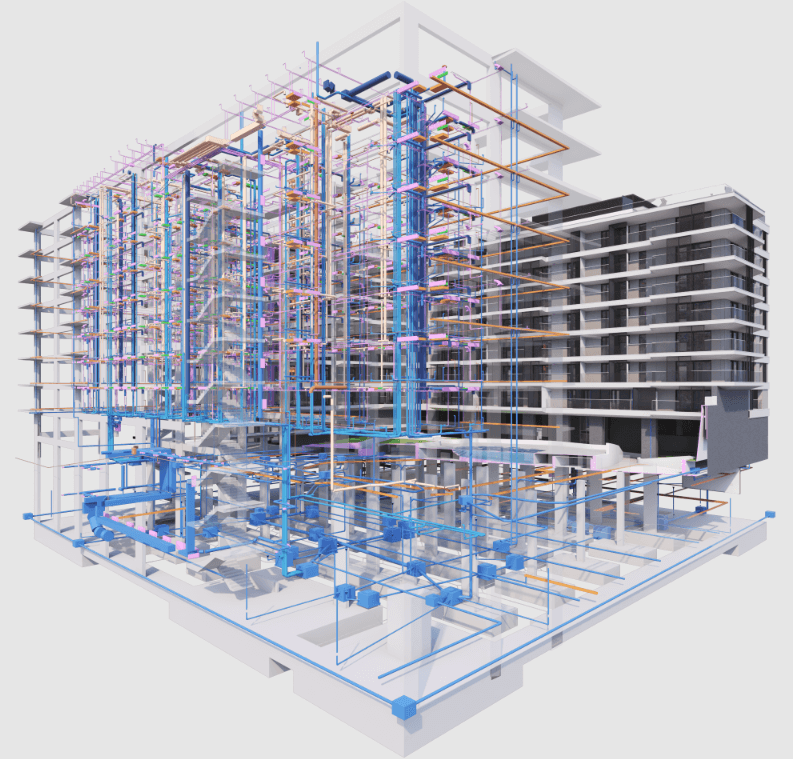
COBie Data Insights: Advancing Facility...
November 18, 2025
As sustainability gains importance, Heating, Ventilation, and Air Conditioning (HVAC) systems play a crucial role in achieving green building certifications. Developed by the U.S. Green Building Council (USGBC), LEED (Leadership in Energy and Environmental Design) provides a framework for sustainable building practices, focusing on energy efficiency, water conservation, reduced CO2 emissions, improved indoor air quality, and resource management.
LEED certification assesses buildings across several categories out of which below are related to HVAC:
1. Energy and Atmosphere (EA)
2. Indoor Environmental Quality (IEQ)
The categories contain credits that contribute to the overall LEED score, with certification levels ranging from Certified to Platinum based on the total points earned.
The Energy and Atmosphere category focuses on minimizing energy consumption and encouraging renewable energy use in buildings. Given that HVAC systems account for 40-60% of a building’s total energy use, engineers must prioritize energy efficiency in their design to achieve high LEED scores. Below are the key areas where HVAC design impacts EA credits:
Energy-Efficient Equipment: Designing HVAC systems with high SEER (Seasonal Energy Efficiency Ratio) or EER (Energy Efficiency Ratio) ratings, along with components like variable speed drives, helps lower energy consumption while maintaining thermal comfort. Additionally, incorporating energy recovery ventilators (ERVs) reduces waste by recovering residual heat.
Building Envelope and Load Calculations: Accurate building load calculations are crucial to prevent HVAC system oversizing or undersizing, which can cause inefficiencies. Engineers should conduct detailed simulations of building energy use, considering factors such as solar gain, room occupancy type, occupant load, equipment heat load, and local climate data.
Advanced Control Systems: Integrating smart HVAC controls, like demand-controlled ventilation (DCV), allows for adjustments in ventilation rates based on occupancy or CO2 levels. Building Management Systems (BMS) further enhance performance by scheduling HVAC operations and modulating heating, cooling, and ventilation according to real-time requirements.
HVAC systems require both fundamental and enhanced commissioning to ensure they operate as intended and effectively implement energy-saving strategies.
Fundamental Commissioning involves verifying that HVAC systems are properly designed, installed, and calibrated for efficiency through testing and functionality checks by a commissioning agent.
Enhanced Commissioning expands on this by involving the commissioning agent early in the design phase, allowing engineers to identify energy-saving opportunities and confirm that performance goals are met after installation.
Although HVAC systems don’t directly generate renewable energy, incorporating renewable sources into their design can help earn LEED points. For example, using solar thermal technology for water heating or geothermal heat pumps for space conditioning can contribute to the building’s renewable energy credits. This integration decreases reliance on non-renewable energy sources, offering environmental benefits and lowering operational costs.
Occupant comfort is vital for energy efficiency and overall building sustainability. LEED mandates that HVAC systems adhere to ASHRAE 55 standards, which outline acceptable thermal comfort conditions like temperature, humidity, and airflow.